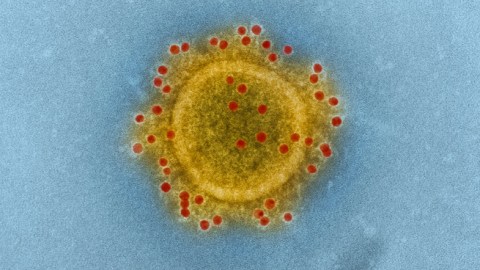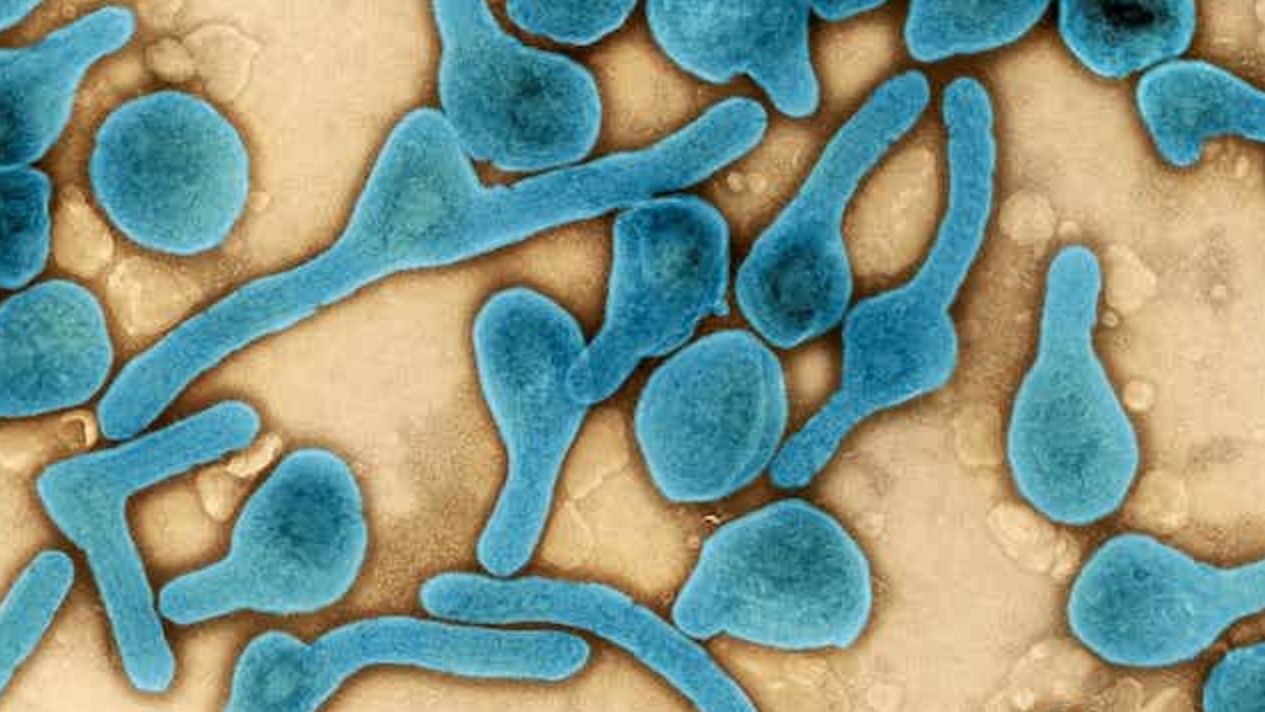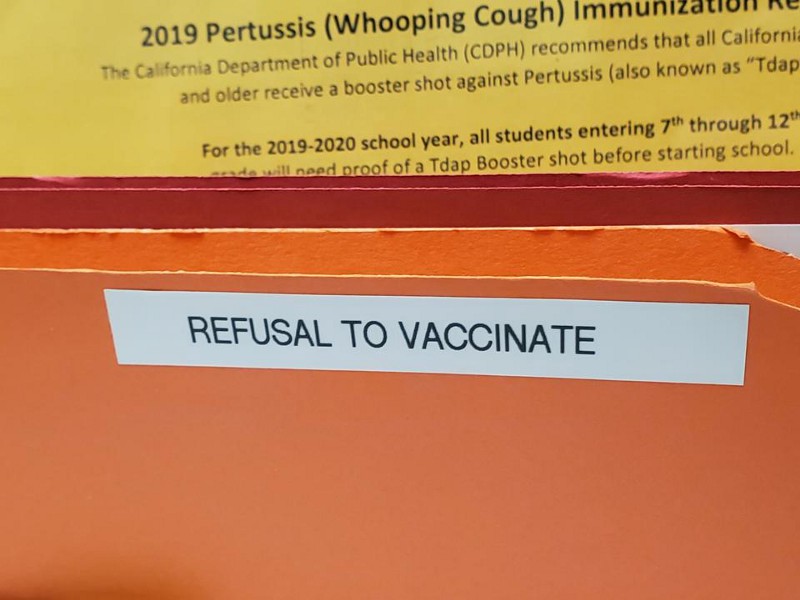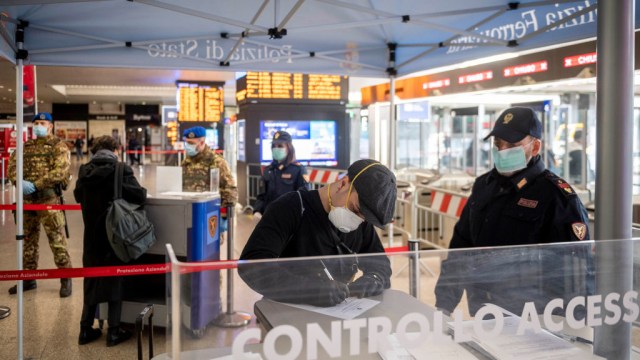Scientists calculate incubation period of coronavirus

National Institute of Allergy and Infectious Diseases
- The incubation period of a virus is the amount of time it takes for a person to show symptoms after infection.
- A new study examined 181 cases of SARS-CoV-2 in China, finding that the mean incubation period is 5.1 days.
- The results suggest that a quarantine period of 14 days is reasonable.
It takes an average of 5.1 days for a person infected with the new coronavirus to show symptoms, according to recent research from Johns Hopkins University. Fortunately, an average incubation period of 5.1 days means that a 14-day quarantine period, which is used by the U.S. and other nations, is an appropriate amount of time to monitor people for the development of COVID-19.
“Based on our analysis of publicly available data, the current recommendation of 14 days for active monitoring or quarantine is reasonable,” epidemiologist Justin Lessler from Johns Hopkins Bloomberg School of Public Health told Johns Hopkins University’s HUB.
That’s the good news. But the findings, published March 10 in the journal Annals of Internal Medicine, also highlight one of the most pernicious aspects of the novel coronavirus: It can take days for people to realize they’re infected and contagious.
The study estimated that the median incubation period of the SARS-CoV-2 coronavirus is 5.1 days, and that 97.5 percent of people who develop symptoms will do so within 11.5 days. However, approximately 2.5 percent of people with the virus seem to develop symptoms after 11.5 days. That means a 14-day quarantine might not be 100 percent effective. In other words, for every 10,000 people quarantined, about 101 would develop symptoms after being released, according to the researchers.
“Whether this rate is acceptable depends on the expected risk for infection in the population being monitored and considered judgment about the cost of missing cases,” the researchers wrote. “Combining these judgments with the estimates presented here can help public health officials to set rational and evidence-based COVID-19 control policies.”
The study was based on 181 cases of COVID-19 reported in China before February 24. To create a model of incubation period distribution, the researchers looked at metrics like probable time of exposure, symptom onset, fever onset, and detection by authorities. The results showed that the incubation period of SARS-CoV-2 roughly matches that of past infectious diseases like SARS and MERS, but is a bit longer than the incubation period of the flu, which is one to four days.
Public health officials use estimates like these to determine the length of quarantines, which help to contain and track the spread of a virus. One of the most important functions of a quarantine — or really any social distancing measure — is that it helps to prevent hospitals from being overwhelmed by sick and infected patients.
“From a US standpoint, you want to prevent any place from becoming the next Wuhan,” Tom Frieden, who led the CDC under President Barack Obama, told Vox. “What that means is even if we’re not able to prevent widespread transmission, we want to prevent explosive transmission and anything that overwhelms the health care system.”
Slowing the spread of a virus is also referred to as flattening the curve. As Dr. Siouxsie Wiles posted on Twitter, flattening the curve is a responsibility that falls not only on government, but also on individuals. So, be sure to brush up on the best ways to prevent the contraction of the new coronavirus, and learn how it spreads from person to person.







